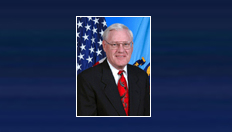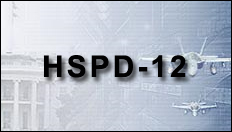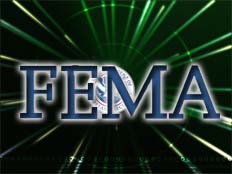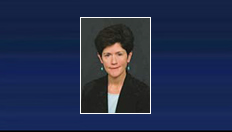SDFM The Business of Defense
-
September 9th, 2009 Two distinct positives for new media applications are attracting Federal agencies: they are cheap (most are free) and they are easy to use.
September 09, 2009 -
Wednesday, September 16th, 2009 at 2:05pm During the past six months, government actions have begun a move toward \"Trust Networks.\" Four key components for creating successful Trust Networks include identity, trust management, data sharing, and security. These \"Trust Frameworks and Open Trust Networks\" are being designed to provide greater access and inter-operability between government agencies, the private sector, and public at large.
September 04, 2009 -
The U.S. is watching Damascus very carefully today. Syrian President Bashar al Assad is hosting Venezuelan President Hugo Chavez. Chavez has made no secret of his disdain for the U.S. and Syria and the U.S. don\'t work well together because of their relationship with Iran, North Korea and terrorist organizations. The Presidents and their ministers are meeting to review a series of 11 existing agreements. One of the big worries for the U.S. intelligence community is that relationship give enemies of the US direct access to this hemisphere.
September 04, 2009 -
September 2nd, 2009 Renovating the biggest office space in the world would be a challenge in any environment.
September 02, 2009 -
Dr. Robert D. Childs Senior Director IRM College September 7th and September 9th
August 31, 2009 -
Four policemen were killed and another wounded in an explosion carried out by a suicide bomber in Shalinskiy District of Chechnya, yesterday. A spokesman for the Argunskiy interior department an unidentified man came up to…
August 25, 2009 -
The intelligence community is buzzing over news that CIA Director Leon Panetta threatened to quit during a shouting match recently at the White House over the news that Attorney General Eric Holder might pursue cases against CIA personnel involved in interrogation. It\'s no secret that there has been tension in the intelligence community, but this is the first crack in the armor, if true. WTOP has not confirmed that the shouting match took place, but Panetta\'s letter to employees at the CIA made clear that he was supporting them regardless of what happens.
August 24, 2009 -
August 12th, 2009 \"Going green\" used to be a cost driver; it was more expensive to go green - and stay green - than to do business the old-fashioned way. But that cost dynamic is changing, and the US Postal Service is taking advantage of it.
August 12, 2009 -
Michael D. Yates Author of \"Why Unions Matter\" Elise Gould Director of Health Policy Research, Economic Policy Institute Tom Webb President, AFGE SSA Local 3615
August 06, 2009 -
Wednesday, August 19th, 2009 at 2:05pm Homeland Security Presidential Directive-12 mandates a common, interoperable identification standard for managing access to information and systems within or among Federal agencies and departments.
July 29, 2009 -
July 29th, 2009 When most Americans think of disasters and response, they think of the Federal Emergency Management Agency.
July 29, 2009 -
Phil Glover AFGE Council of Prison Locals Legislative Coordinator Terry Rosen AFGE Labor Relations Specialist Perry Hooks President, Hooks Book Events Jeff Goldman Executive Director of Government Programs, Kaiser Permanente
July 23, 2009 -
July 15th, 2009 Some of the leading advocates for new technologies are the \"old hands.\" One such greybeard is Robert Otto, former Chief Information Officer and Chief Technology Officer at the US Postal Service. His former agency is moving some legacy systems to open source. Mr. Otto talks about laying the groundwork for that move, and why other agencies will save money and time by doing the same.
July 14, 2009 -
The American Jihadist fighting alongside al Shebab militants in Somalia has released another video recording. In this one Abu Mansour Al-Amriki states that President Barack Obama was trying to mislead Muslims and impose \"so-called moderate or American Islam.\" Al-Amriki also stated that the mujahidin would not stop fighting until all foreign troops are pulled out of Muslim lands and until the US stops its support to Israel. The statement is attributed to the Sada Al-Jihad Media Center of the Global Islamic Media Front.
July 13, 2009 -
Carolyn Clancy, M.D. Director Agency for Healthcare Research and Quality (AHRQ) July 20th and July 22nd
July 13, 2009












